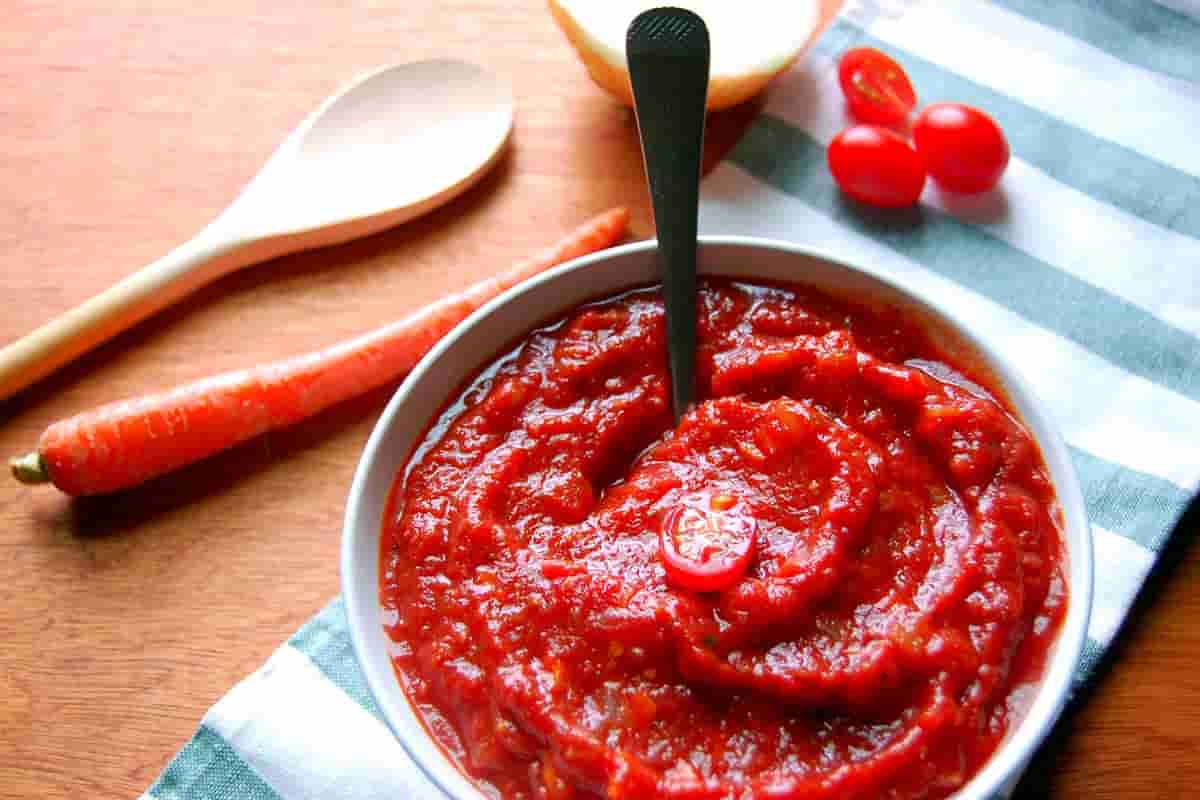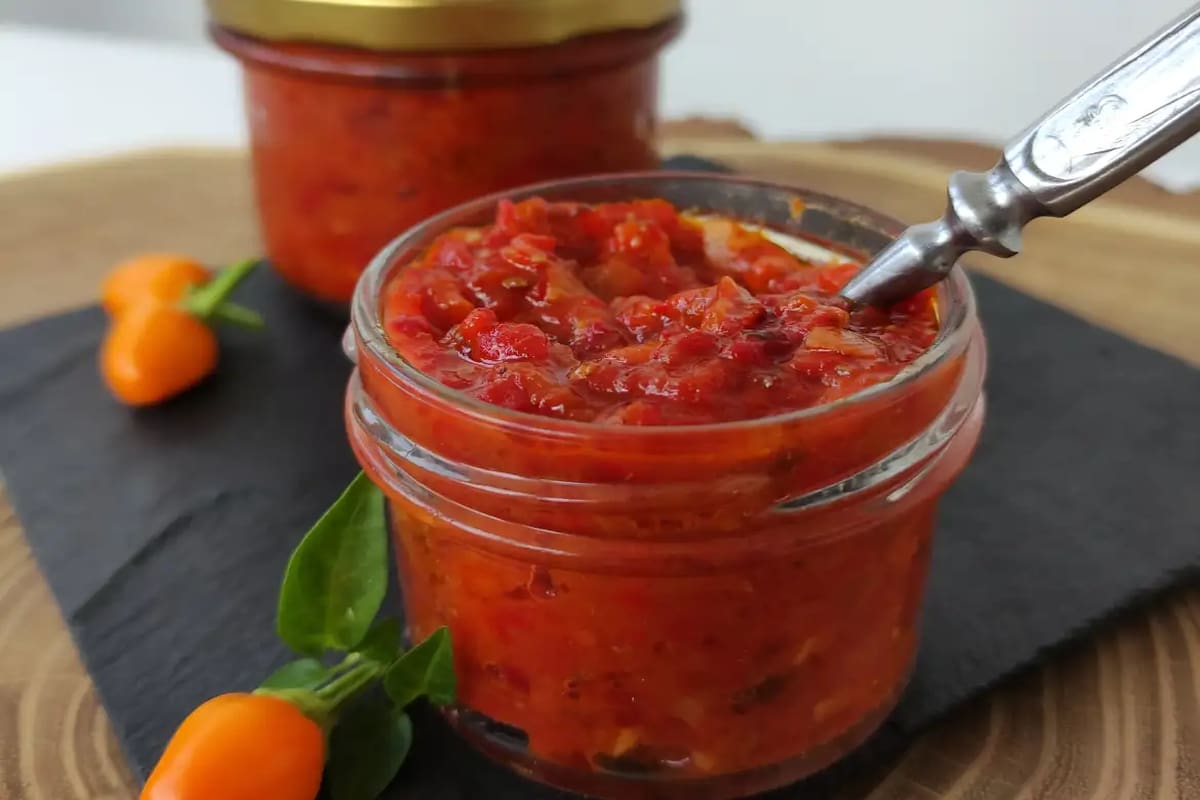In this article I want to give you some helpful culinary instructions and important tips about jollof rice and the secret for its delicious taste tomato paste.
After giving it a lot of thought and deliberation, I came to the conclusion that the best place to begin would be with the one type of cuisine that the majority of people have the greatest trouble preparing: Jollof rice.
You can view the recipe for Jollof Rice, which is fairly simple, on my blog by clicking HERE; the recipe has already been published. Please be aware that this is not a post containing a Jollof Rice Recipe.
Since my previously published recipe is already as effective as it possibly can be, I do not feel the need to update it at this time. Instead, the purpose of this post is to share hints and tips for achieving perfect Jollof Rice.
When you make an attempt to duplicate my recipe, you can put the tips that were offered here to use.
To tell you the truth, the recipe for jollof rice on my blog has been the one that has received the most views up until this point. I’ve also received quite a few comments and messages of support on this dish across multiple platforms, including the blog, Instagram, Facebook, and in person.
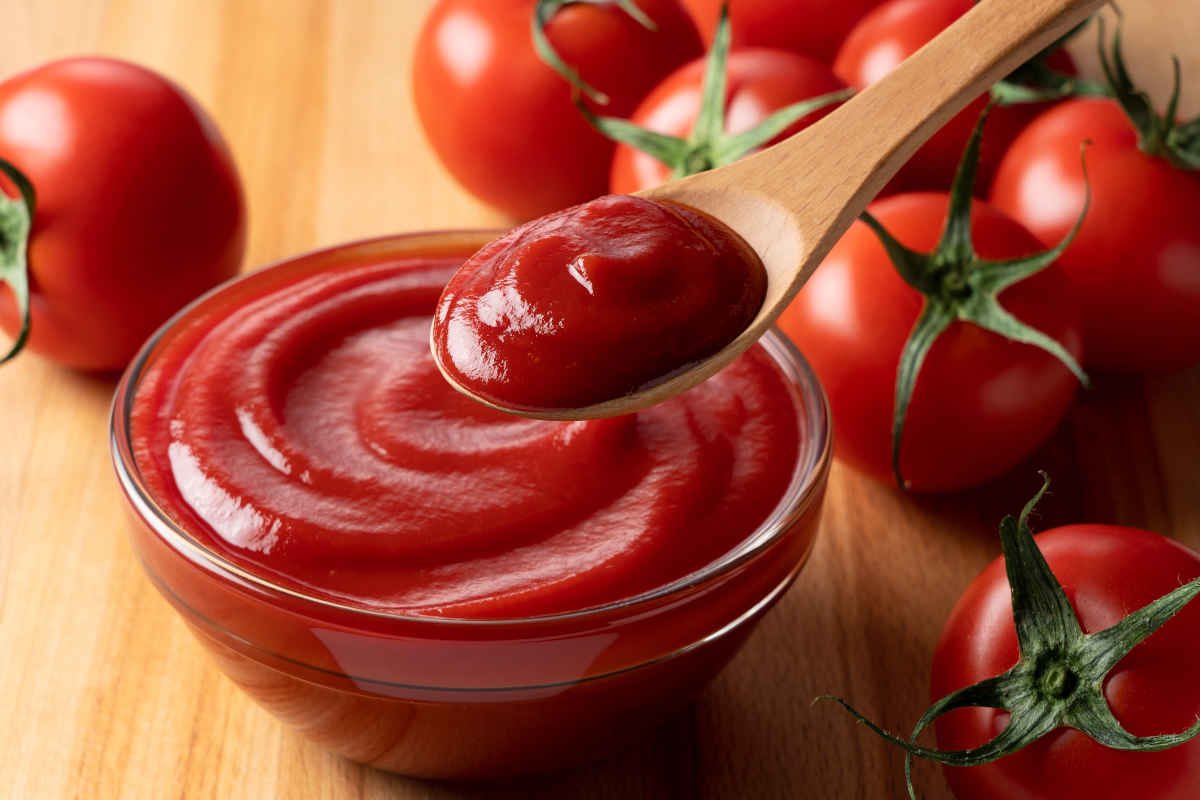
In addition, given Christmas is drawing near, I believe now is an appropriate moment to share these pointers with you all so that we can put our worries about Jollof rice to rest once and for all.
There are seven tips for making Jollof rice that, in my opinion, one needs to take into consideration in order to get the consistency and flavor of Jollof rice just right. I’ll deal with each one separately in turn.
1) The Type Of Rice That Was Used:
This factor has a significant role in determining the appropriate texture of the Jollof rice. You will need to make sure that you are using a very good brand of rice, especially long grain rice that can be cooked quickly. If you choose a brand that isn’t very good, your Jollof rice will end up having the consistency of risotto or paella, and God knows I’ll never touch wet rice with a barge pole. The consistency and level of hardness of your Jollof Rice will be highly impacted by the quality of the rice you use. One brand that I simply cannot get enough of is Tolly Boy. It’s definitely up there with the greatest.
2) The quantity of bell peppers, tomatoes, and tomato paste that you will need is as follows:
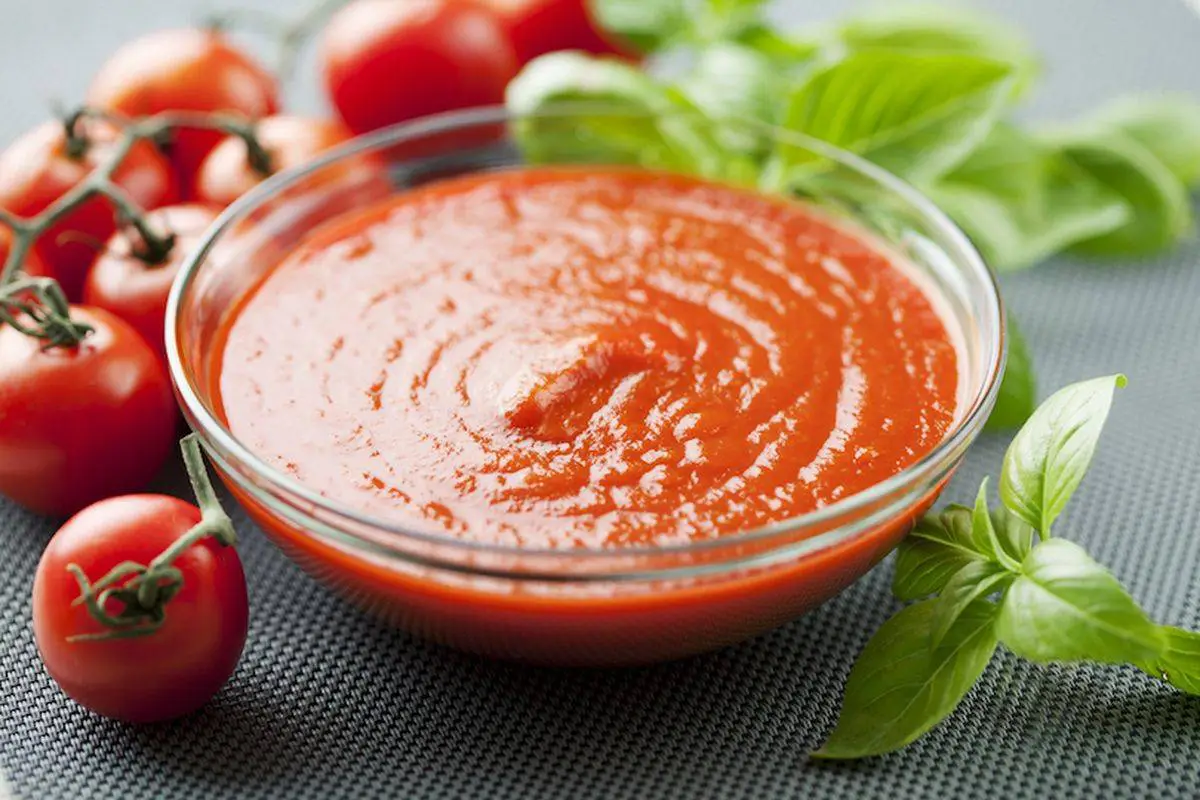
This is yet another essential piece of advice to keep in mind. If you want to get the reddish color of Jollof rice, the amount of pepper you use should be greater than the amount of raw tomatoes.
If you use a greater quantity of raw tomatoes, the color of your Jollof rice will become less vibrant. You would have to use tomato paste in place of the remaining fresh tomatoes that are required. The unique reddish color of Jollof Rice is achieved by using tomato paste as the coloring agent. Therefore, you will need 70 grams of tomato paste, 3 red bell peppers, and 2 small tomatoes for every 3 cups of Jollof rice that you prepare.
3) The Standard of The Materials Employed:
When it comes to making the perfect Jollof rice, stock is an absolutely necessary ingredient. It doesn’t matter if the stock is made from beef, chicken, or turkey; it must be well-seasoned and very rich. The flavor of Jollof Rice is improved by using stock that has been properly seasoned.
4) The Amount of Water or Liquid That Has Been Added:
For the record, I do not recommend using rice that has already been parboiled for Jollof Rice. In my opinion, the time spent parboiling reduces the amount of time available for frying, which in turn lowers the quality of the final product.
It’s just a preference issue for me, so if you’d rather use pre-cooked rice or feel more at ease with that, please don’t hesitate to proceed as you normally would; I won’t judge you. Aside from that, I like to begin with very little liquid, such as three cups of liquid or stew for every three cups of rice, and then I add more liquid as I go along.
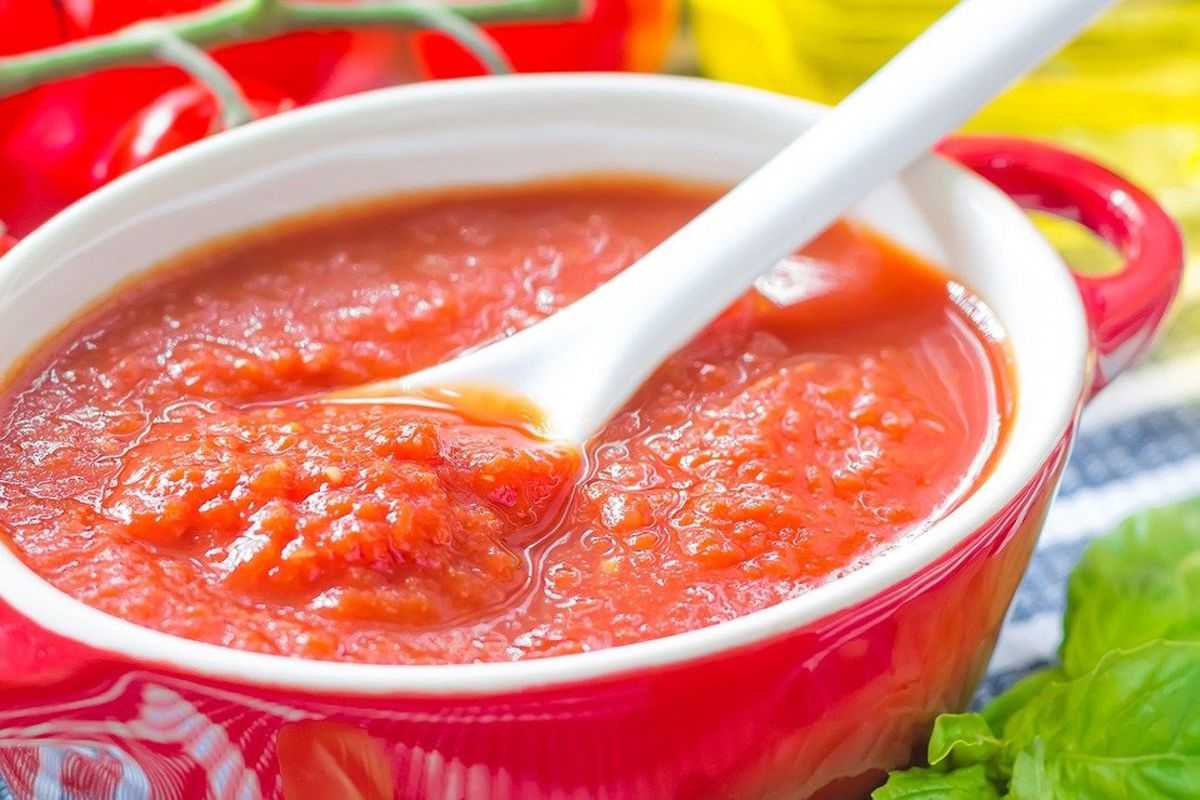
5) The Level of Heat That Was Employed At:
This is of the utmost importance since cooking the rice over extremely low heat will cause it to become mushy, while cooking it over extremely high heat will evaporate the liquid more quickly than the rice can become pliable. A healthy equilibrium is essential. It is recommended that the temperature be moderate, sometimes known as medium heat.
6) Here Are the Two Top-Secret Components:
White pepper and butter are both required components, as mentioned in the recipe for jollof rice that I provided. When you combine these two components, there is very little room for error. White pepper is added along with the spices and seasonings, but butter isn’t added until the very end, sometimes just a few minutes before the food is finished cooking. White pepper is responsible for the distinctive flavor and taste of jollof rice, while butter is responsible for the rice’s opulent appearance and flavor.
7) Steam! Steam!! Additionally, more Steam!
To be cooked to perfection, jollof rice requires steam rather than liquid throughout the cooking process. In order to attain the ideal consistency, you will need to retain the most amount of heat that you possibly can.
If you can, use a pot that has a lid that is very sturdy and well-fitted, and if you can, cover the rice with a sheet of aluminum foil before placing the lid on the pot. This will assist better trap in the heat and cook your rice to perfection without the need for constant integration of liquid throughout the cooking process. And that’s all there is to it really, if you follow these Jollof Rice Tips, then you really won’t be able to mess up your next attempt at making the dish.



